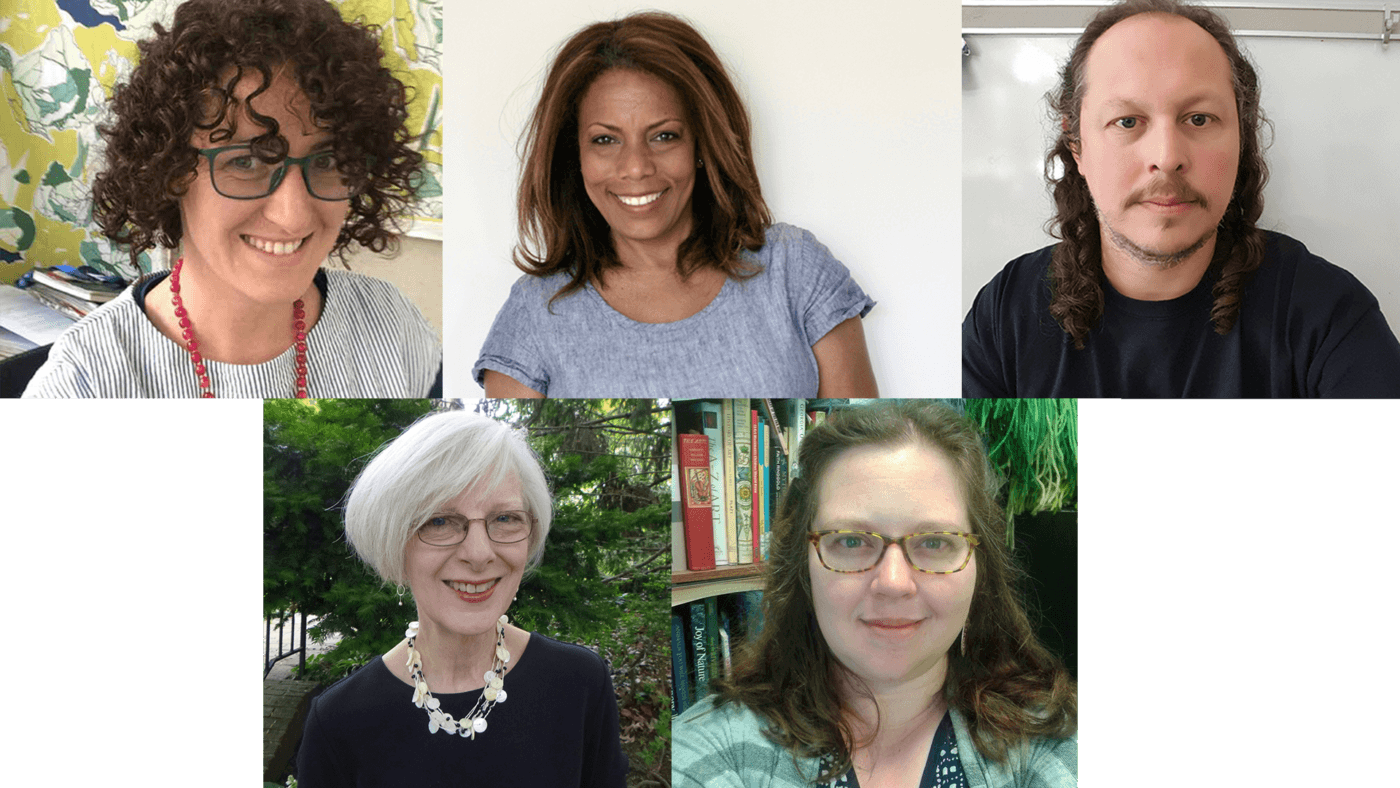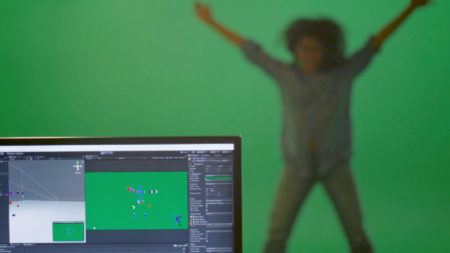Introducing the first half of the new cohort of Art21 Educators, each bringing a passion for contemporary art in the classroom to Year 7 of the program, which kicks off next week with the Summer Institute.
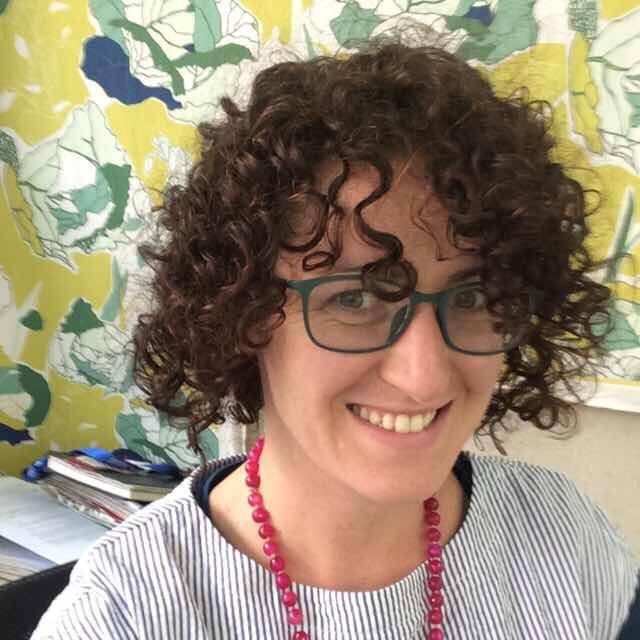 Alina Ianovskaia teaches studio art to high schoolers at West Vancouver’s Mulgrave School in British Columbia. Introduced to Art21 in college, Alina has since based her own lessons off of the thematics from the Art in the Twenty-First Century broadcast series. Following the arts-based interdisciplinary research practice, a/r/tography developed by Rita L. Irwin at the University of British Columbia, Alina sees herself as an art teacher, artist, and researcher.
Alina Ianovskaia teaches studio art to high schoolers at West Vancouver’s Mulgrave School in British Columbia. Introduced to Art21 in college, Alina has since based her own lessons off of the thematics from the Art in the Twenty-First Century broadcast series. Following the arts-based interdisciplinary research practice, a/r/tography developed by Rita L. Irwin at the University of British Columbia, Alina sees herself as an art teacher, artist, and researcher.
“A/r/tography is a way of being a teacher, a leader, an artist, a researcher, a collaborator. Having a name for something helps that something come into existence,” she said. “I should be engaging with students as artists/researchers/teachers, giving them the opportunity to teach me. I should start blurring the boundaries between these roles, where art/research/teaching begin to crack and seep into each other, begin to blur and form new spaces for understanding to grow and stretch.”
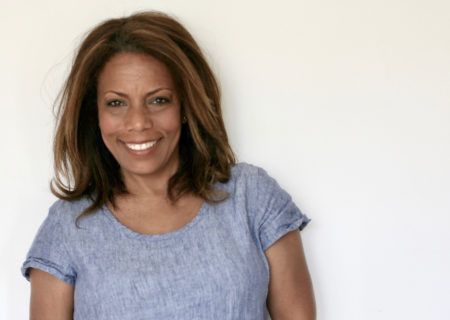 LaRosa Jones-Arroyo teaches digital art and photography to high schoolers at Springbrook High School in Silver Spring, Maryland. Inspired by Oliver Herring’s Areas for Action at the Baltimore Museum of Art, LaRosa realized that contemporary art breaks well beyond the bounds of fine art’s conventional definitions.
LaRosa Jones-Arroyo teaches digital art and photography to high schoolers at Springbrook High School in Silver Spring, Maryland. Inspired by Oliver Herring’s Areas for Action at the Baltimore Museum of Art, LaRosa realized that contemporary art breaks well beyond the bounds of fine art’s conventional definitions.
“Contemporary art is art of the present that is happening as we speak. It is the art that can speak and resonate to people of all ages,” she said. “Contemporary art plays a very important role in my teaching because it is the art that reflects and connects with my students. It can fuel and drive their interests because contemporary art can be seen as their culture and identity.”
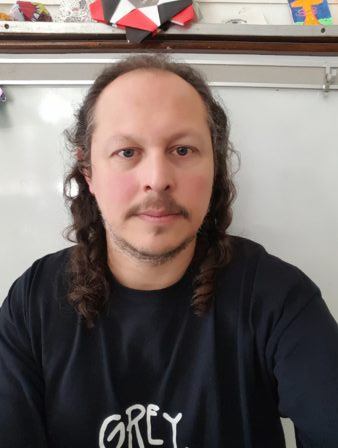 Alex Mendez teaches studio art to students from pre-kindergarten through eighth grade, reaching roughly 650 students in any given year at Chicago’s Inter-American Magnet School. Introducing students to artists as varied as Doris Salcedo and Jean-Michel Basquiat, Mendez worked with Season 8 artist Theaster Gates for several years at a charter school in Chicago’s west side.
Alex Mendez teaches studio art to students from pre-kindergarten through eighth grade, reaching roughly 650 students in any given year at Chicago’s Inter-American Magnet School. Introducing students to artists as varied as Doris Salcedo and Jean-Michel Basquiat, Mendez worked with Season 8 artist Theaster Gates for several years at a charter school in Chicago’s west side.
“When teaching students about art, many come with preconceived notions that all great art has already been made and that all great artists are dead,” he said. “When they are presented with the idea that contemporary art is made in the present time by artists that are still alive they have to adjust their thinking. Contemporary art is the movement of the now and the expression of ideas that impact the world, society, community and the present.”
 Grace Hulse has been teaching art to pre-kindergartners through eighth graders for over two decades. Reaching hundreds of students each year at Fort Garrison Elementary School in Baltimore, Grace utilizes her school’s location to build lessons around the collections and exhibitions at local institutions like the Baltimore Museum of Art and the Maryland Institute College of Art.
Grace Hulse has been teaching art to pre-kindergartners through eighth graders for over two decades. Reaching hundreds of students each year at Fort Garrison Elementary School in Baltimore, Grace utilizes her school’s location to build lessons around the collections and exhibitions at local institutions like the Baltimore Museum of Art and the Maryland Institute College of Art.
“More than just the work of living artists, I feel that contemporary art is about ideas and exploring new ways of communicating those ideas,” she said. “Contemporary artists break boundaries and do not limit themselves to traditional media or processes. When I think of contemporary artists I think of people who are creating on the cutting edge, exploring, exploiting technology, pushing the limits of what art can be.”
 Marie Elcin is an artist and educator teaching kindergarten through eighth grade students at Christopher Columbus Charter School in Philadelphia, and adults at her local community arts center, Fleisher Art Memorial. Working within her school’s art curriculum that requires her to cover specific art historical periods, Marie consistently finds ways to connect local and contemporary art examples to the work of art history masters. For instance, she connected Thomas Cole’s The Oxbow to the work of lego sculptor, Sean Kenney, who created and installed a series of endangered animal sculptures at the Philadelphia Zoo to critique how humans have failed to care for our environment.
Marie Elcin is an artist and educator teaching kindergarten through eighth grade students at Christopher Columbus Charter School in Philadelphia, and adults at her local community arts center, Fleisher Art Memorial. Working within her school’s art curriculum that requires her to cover specific art historical periods, Marie consistently finds ways to connect local and contemporary art examples to the work of art history masters. For instance, she connected Thomas Cole’s The Oxbow to the work of lego sculptor, Sean Kenney, who created and installed a series of endangered animal sculptures at the Philadelphia Zoo to critique how humans have failed to care for our environment.
“I believe that I have a responsibility as an art educator to help prepare my students to communicate and comprehend the world through visual means,” she said. “The more aware they are of how meaning is created in images, the better they will be able to think critically about the messages they consume in everyday media. I don’t want to explain to my students what everything means in an image; I want to create space and opportunities for my students to discover and interpret meaning on their own.”

